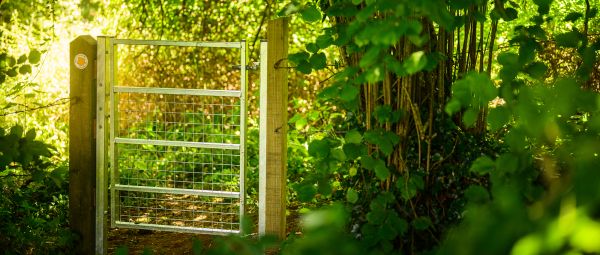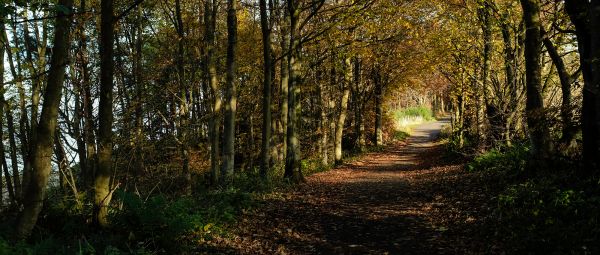Resolving problems with path surfaces
The legal process to follow to force local authorities to act

Advice relevant to England and Wales only. Find information about access rights in Scotland.
Local highway authorities (county councils and unitary authorities) are legally required to promote and protect the public's right to use and to enjoy public paths.
If you have repeatedly reported problems to the local authority and no action has been taken you can use the law to force the council into action.
However, undertaking legal proceedings can result in court costs being awarded against you. We therefore recommend you read this guidance carefully and consider whether the problem can be resolved without court action. We strongly advise seeking legal advice before making an application to the magistrates’ court.
Getting surfaces repaired
Section 56 of the Highways Act 1980 allows any member of the public to require the local authority to repair the surface of a public footpath, bridleway, restricted byway or byway open to all traffic.
It's a simple procedure which gives an authority six months to repair the path. If the authority fails to do the work in time the applicant can apply to the magistrates' court for an order to force the council to take action.
However, the procedure can only be used on paths meeting specific criteria:
-
Publicly maintainable paths. It is the job of the highway authority to keep certain but not all paths properly repaired.
-
‘Out of repair’ paths - This is when there are problems with the surface of a right of way or a bridge forming part of it. Examples include flooding due to inadequate drainage or a bridge that is not safe. This procedure does not apply to rights of way that are obstructed. A separate procedure exists for this.
How to take action
The procedure is kicked off by serving a notice on the highway authority. The notice must be in the name of an individual (the complainant) and it is the complainant who must make any application to a court. If there's more than one problem, a separate notice must be served for each.
Generally, within a month the highway authority will admit that the way is public and is publicly maintainable. Assuming the highway authority then repairs the path, the procedure is complete. However, if the council does not repair the path, the complainant can apply to the magistrates’ court for an order requiring the authority to repair highway.
If the highway authority, denies that the way is a highway, denies that it is publicly maintainable or fails to reply within the month the complainant can make an application to the crown court.
If applying for a court order, the complainant must be able to:
-
Produce the original notice and the counter-notice received from the authority
-
Prove that the path is out of repair (for example by calling a witness to corroborate the facts and producing photographs to show the state of the path)
The initial notice can be issued free of charge and there’s no risk of costs being awarded against you. As the applicant, you have no obligation to continue with the process by going to the magistrates’ court if you choose to only issue the initial notice. This action on its own often forces the council to act without needing to secure a court order.
Risk of failure
Remember there is a risk that the case will fail and that you will be liable for the costs.
We therefore strongly advise seeking legal advice before making an application to the magistrates’ court. Contact the Ramblers Paths Team at paths@ramblers.zendesk.com if you are considering taking the council to court.

Dealing with problems on public paths
The Ramblers guide to reporting problems on public rights of way in England and Wales. Who is responsible, how to contact them and what to expect.

Closures and diversions on the rights of way network
How local authorities are able to permanently or temporarily change the public rights of way network.

Getting obstructions removed from paths
If you have repeatedly reported a problem to the local authority and no action has been taken you can use the law to force the council into action

Claiming unrecorded public rights of way
Unrecorded paths are vulnerable to development and unresolved problems. It is important they are claimed and get the protection they are entitled to.